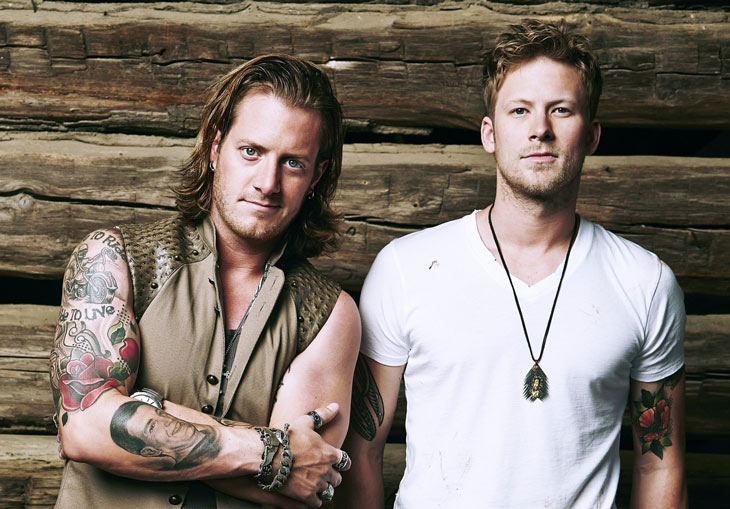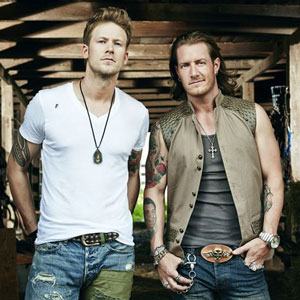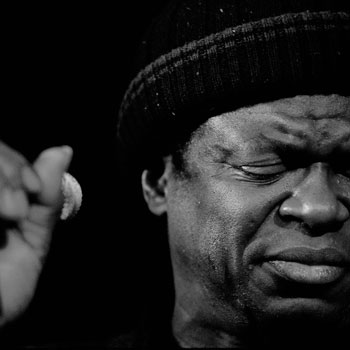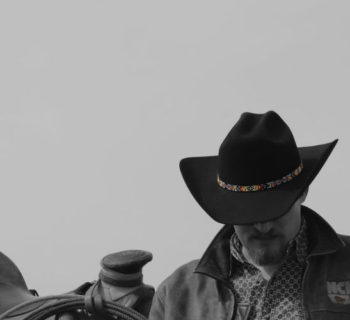Poor country music. The past two decades have seen the genre amass a slew of haters who dole out criticism at the first sign of a southern drawl or slide guitar—and there’s often a basis for their judgement. That’s the unfortunate legacy of American roots music nowadays, but considering its rich, culture-laden history, how did it find itself here?
The modern, mainstream version of country that we all know—and some people love—evolved from what was once called hillbilly music—the apropos name referred to the bluesy sound of the rural South, with its banjos, dobros, fiddles, and backwoods tone. In the 1940s some people were like, “Hey, let’s come up with a better name,” and thus the genre country music was born and firmly established with the founding of the Country Music Association in 1958.
Fast forward to the mid ′90s, and country retains the slide guitar and twang, but a modern, overly-polished and heavily-produced sound has taken the forefront. At this time a few industry folks reacted to this commercialization by developing Americana as a genre and radio format. They preserved that early sound but created two idiosyncrasies from the same roots. These two genres now overlap a great deal but are headed in different directions; country is adopting modern influences, while Americana pines for the sound of the past.
Two decades later, in the early 2010s, the bro-country subgenre took over the airwaves with a panoply of everything hateable about country: formulaic songwriting about little more than booze, pickup trucks, and women. The industry folks who care about the identity of country excoriated the subgenre for further damaging the reputation of the genre, and yet again, creating a rift in the industry. At this point artists who may fall well within the country’s parameters began to associate themselves more heavily with Americana in an attempt to distance themselves from the poor branding brought on by bro-country.
The industry folks who care about the identity of country excoriated the subgenre for further damaging the reputation of the genre, and yet again, creating a rift in the industry.
And this is where we find ourselves today—country fails to live up to the romantic notion of simple southern folks singing sad songs after a hard day’s work on the farm. The beauty of Americana, as a whole genre, is in its relative simplicity. The production is understated; the synth is sparse, and it captures that downhome way of life in a sincere and genuine way.
That’s why Billboard announced in May the inclusion of Americana in its chart reporting, with staff citing a need for the inclusion, “The change recognizes the growth of Americana music and the prominent rise of the term Americana overall, both within the industry and in widespread music coverage.” They explain, “The chart will spotlight that creatively fertile middle ground generally considered to bridge country and rock: organic, roots and acoustic-based groups and solo singer-songwriters...”
Nevertheless, mainstream country has woven itself into the fabric of Southern culture and is not going anywhere soon. But Americana’s recognition by Billboard has secured the genre as a mainstay of American culture and, more importantly, helped preserve and promote the heritage of early American music—a sound that I hope one day rivals in popularity mainstream country music.













